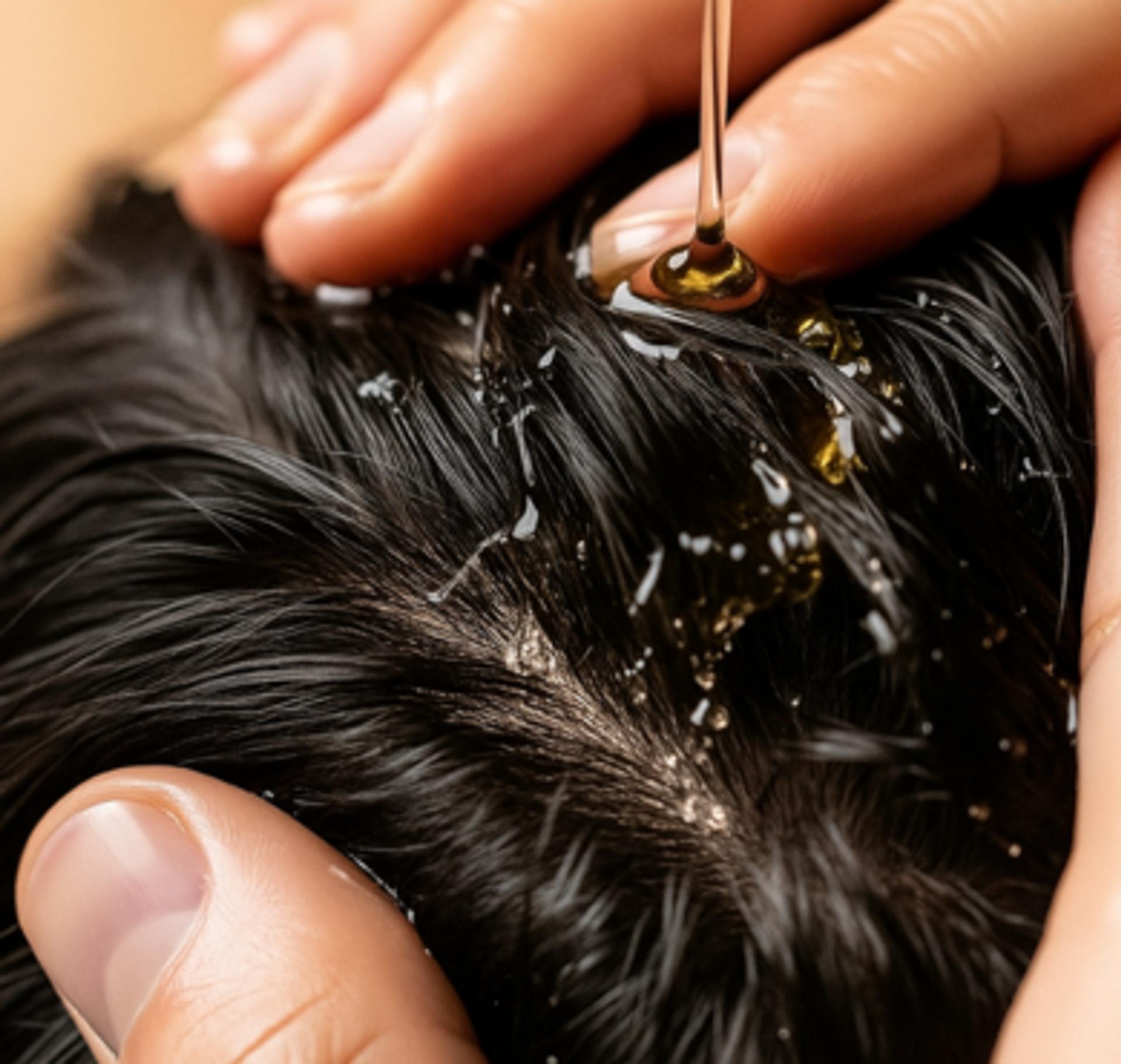
Why Season-Specific Oiling?
Why One Hair Oil Can’t Work All Year Round
By Nat Habit
Your scalp is like soil.
And your hair? The crop it nurtures.
But can you treat soil the same way through every season and expect the same yield?
Of course not.
Too much rain? You increase drainage.
Harsh sun? You provide shade and moisture.
Winter frost? You insulate and enrich the soil.
Your scalp functions much the same. With each seasonal shift whether it's humidity, heat, dryness, or cold your scalp’s microbiome composition, pH balance, sebum output, and inflammatory response all adapt.
And no single oil can comprehensively support these shifting physiological states.
Just as a skilled farmer adjusts their methods to the season, so too must you tailor your oiling routine.
Winter: When Dryness Dominates

Winter air is cold and desiccating. Indoor heaters compound this by stripping ambient moisture.
In response, the scalp often enters reactive overdrive —overproducing sebum in an attempt to self-lubricate. But without adequate hydration or circulation, this excess oil becomes a breeding ground for lipophilic microbes , disturbs the acid mantle , and triggers itching, flaking , and inflammatory dandruff.
Add to that reduced peripheral circulation in cold temperatures, and your scalp receives less oxygen and fewer nutrients , weakening the follicles and increasing telogen effluvium (seasonal hair fall).
What your scalp needs: A nourishing, thermogenic oil that counteracts dryness, reactivates circulation, and enhances immune resilience.
Sesame or mustard oil —dense, warming, and deeply penetrative—are ideal. When infused with circulatory herbs and antimicrobial botanicals, they support follicular strength and help fend off cold-weather imbalances like sinus congestion and scalp sensitivity.
Summer: When Heat Takes Over

High temperatures increase sebaceous activity , while sweat, dust, and environmental pollutants lead to occlusion of follicles, oxidative stress, and inflammatory scalp conditions.
The scalp’s pH may rise , turning slightly alkaline—ideal conditions for the proliferation of Malassezia and other fungi, which are implicated in dandruff, seborrheic dermatitis, and even folliculitis.
Direct sun exposure can further compromise the scalp barrier, impairing keratinocyte function , and leading to weakened anchorage of hair shafts.
What your scalp needs: Cooling, lightweight oils that pacify inflammation, preserve microbial balance, and replenish without congestion. Coconut oil —naturally cooling and rich in lauric acid —exhibits antifungal and anti-inflammatory properties. It absorbs quickly, stabilizes the microbiome, and soothes both the scalp and nervous system.
Monsoon: When Humidity Reigns

High humidity disrupts the scalp's ability to thermoregulate. Sweating is inefficient, and moisture accumulates, creating a warm, occluded microenvironment that supports bacterial and fungal overgrowth.
The result? A hyper-reactive scalp prone to itching, frizz, and microbial imbalance. Hair strands become highly porous, absorbing ambient moisture and becoming structurally fragile.
What your scalp needs: Clarifying, antimicrobial oils that purify without stripping, and support the skin's natural defenses.
Tea tree and neem oils are rich in terpenoids and azadirachtin, known for their potent antimicrobial, sebo-regulating, and anti-pruritic actions. These oils detox the scalp, reduce inflammation, and restore homeostasis.
The Intelligent Path Forward
Go Season-Smart

As regenerative farmers read the land, you must listen to your scalp. Choose oils based on:
- Climatic shifts (dry vs. humid, hot vs. cold)
- The oil’s energetic and pharmacological nature (warming or cooling, antimicrobial or nourishing)
Over-oiling can occlude follicles, reduce oxygenation, and paradoxically increase hair fall. It’s not the quantity of oil, but the quality of alignment with your scalp’s current needs that makes all the difference.
Ayurveda Always Knew This

Traditional Ayurvedic oiling practices never relied on a single oil year-round. They evolved seasonally, in rhythm with the body and environment.
- Winter: Warming oils like sesame and mustard.
- Summer: Cooling, calming oils like coconut and neem.
- Monsoon: Detoxifying oils like tea tree and neem.
Because nature always signaled what your body needed.
And Ayurveda, being a science of synchronization, listened.
Living in sync with seasons isn’t just ancient wisdom—
It’s adaptive beauty science.
So the next time you oil your scalp, pause and ask:
“What is my scalp signalling today?”
Your answer might just transform oiling from a routine act…
to an act of profound nourishment.
Season-Specific Oils by Nat Habit

(Watch how Dasabuti Oil is prepared in our Ayurvedic Kitchen)
Ayurveda recommended it.
Nature signalled it.
Millions of hair cells whispered it.
And Nat Habit listened.
Introducing Dasabuti Oils– oils crafted for the seasons. These aren’t just simple blends of pure oils. They are deeply researched, herb-infused formulations tailored to your scalp’s evolving needs.
Each oil is a result of rigorous study—understanding the properties of herbs, carefully selecting and combining them, and infusing them in the right carrier oils. The result? Oils that support your scalp and strands exactly when they need it most.
So while you nourish your roots, make sure you're using the oil your scalp is truly asking for.
Choose Dasabuti —your call to season-smart, science-backed, Ayurvedic hair care.
Learn more



